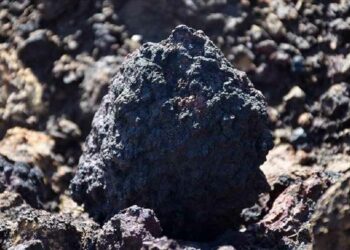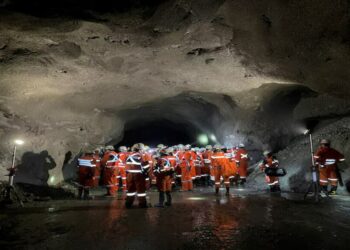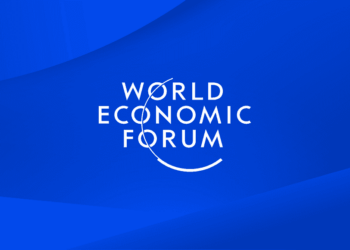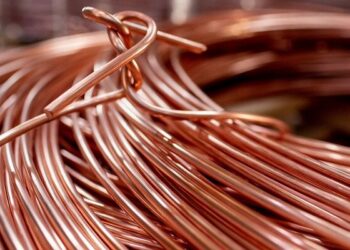Rio, which is Australia’s biggest iron ore exporter, has been a massive driver of expansions, adding millions of tonnes of seaborne supply to the market in the last year.
Rio Tinto (LON:RIO) announced Tuesday fresh cuts to its spending plans for 2016 as it joins its peers in the mining sector in slashing costs in a desperate attempt to protect profits as commodities prices crater.
The second largest mining company will cut another $1.5 billion from capital expenditure over the next two years, revising down forecasts it gave at its half-year results in August.
Spending this year is seen at $5 billion, from a previous estimate of about $5.5 billion. It was about $8 billion in 2014, according to filings.
Rio now estimates capital expenditure of about $5 billion in 2016 compared with an earlier forecast of less than $6 billion. Spending this year is seen at $5 billion, from a previous estimate of about $5.5 billion.
It was about $8 billion in 2014, according to filings.
“Our prudent capital allocation and disciplined approach to the balance sheet have reinforced our resilience during this period of ongoing volatility,” chief executive Sam Walsh said in a statement.
Rio’s fresh cuts reflect how weak iron ore has become as of late. The commodity, which provides the lion’s share of Rio’s profits, sank below $40 a tonne on Friday for the first time since spot prices were introduced in 2008 — close to what many analysts believe to be the break-even point for most producers.
Rio is the world’s second largest producer of iron ore, mining 295.4 million tonnes last year.
To give an idea of just how reliant the company has become on the fortunes of the steel making material, Rio said earlier this year that every 10% movement in iron ore price has a $1 billion impact on its underlying earnings. The same ratio for copper is only $183 million.
Aluminum savings
The company also outlined cost savings in its aluminum unit, which generated approximately 13% of its underlying earnings last year.
The aluminum business will save around $300m in costs this year and a further $300m next year. Operating cost savings should also boost aluminum production by 10% to 3.6 million tonnes.
The biggest mining companies, including Rio and BHP Billiton have been axing spending costs in the face of sinking commodity prices. China’s slowest pace of economic growth in 25 years has dragged metals and oil energy prices down to historic lows, eroding profits for producers.








